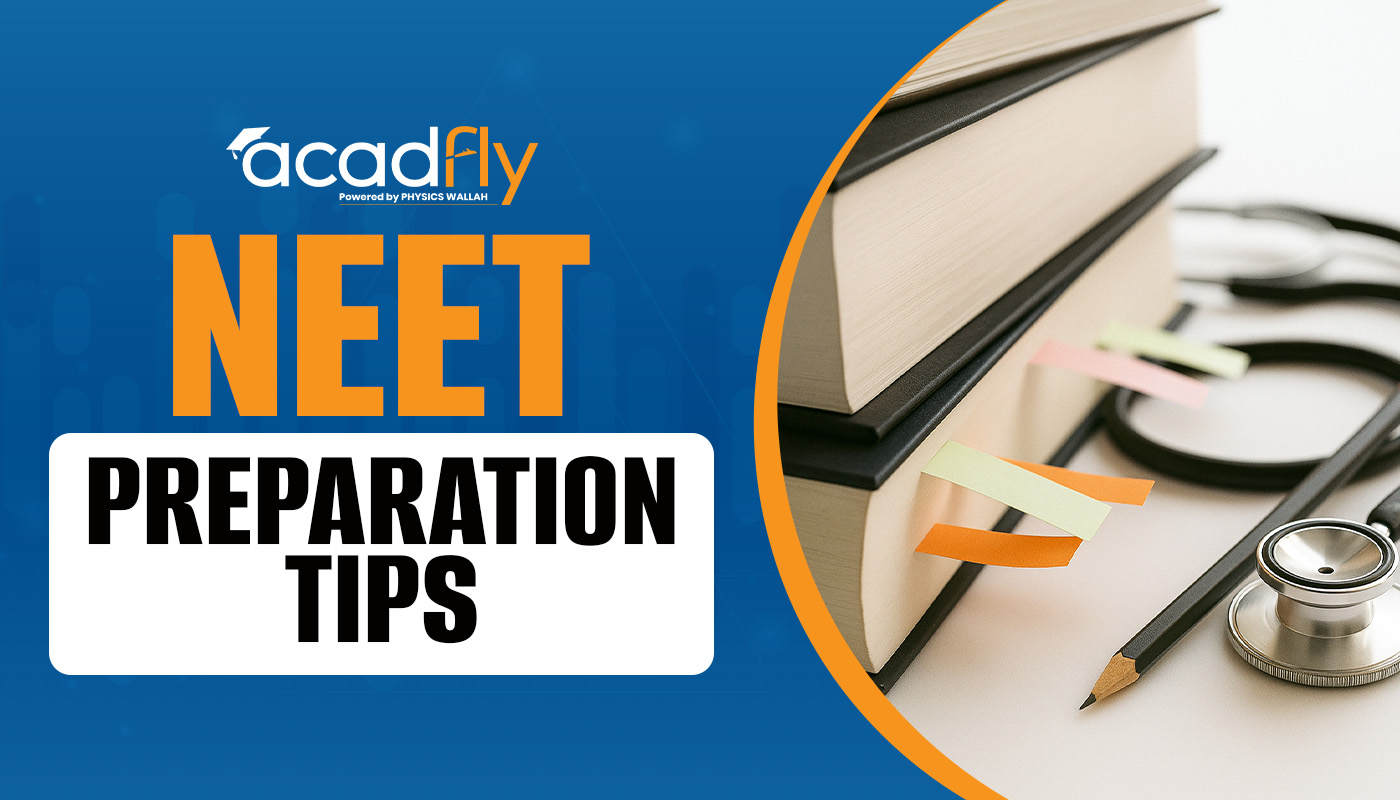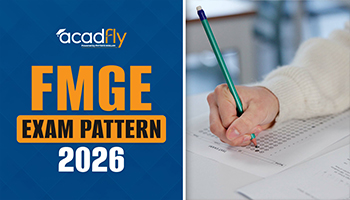

In the TOEFL Reading section, making accurate inferences and drawing conclusions are essential for achieving a high score. By mastering TOEFL Reading Inference Strategies, you can better interpret and understand the underlying meaning of the text. Effective inference skills involve reading between the lines and understanding implied information, which is crucial for answering questions that require more than just surface-level comprehension. Developing these strategies will enhance your ability to make informed conclusions based on the passage, leading to improved performance and greater success in the TOEFL Reading section.
Mastering Making Inferences in TOEFL Reading for Better Understanding
To excel in the TOEFL Reading section, mastering the skill of making inferences is essential. Making Inferences in TOEFL Reading requires going beyond the literal meaning of the text to understand implied information and underlying messages. This skill is crucial for accurately interpreting nuanced details and answering questions that assess your ability to grasp the subtleties of the passage. Effective inference involves analyzing context, tone, and the relationship between different parts of the text to draw well-supported conclusions.
Employing TOEFL Reading Inference Strategies can significantly enhance your comprehension and test performance. Strategies such as identifying key details that suggest broader implications, understanding the author’s intent, and recognizing patterns in text structure will help you make more accurate inferences. By developing these strategies, you improve your ability to tackle inference-based questions with confidence, ultimately leading to better scores in the TOEFL Reading section.
Effective TOEFL Reading Conclusion Techniques for Accurate Answers
Drawing accurate conclusions from TOEFL Reading passages is essential for achieving a high score. Applying the right techniques can significantly improve your ability to interpret and analyze the text effectively. Here are some key TOEFL Reading Conclusion Techniques to help you excel in making precise conclusions.
Analyze Contextual Clues
Use the surrounding context to understand the implied meanings and draw accurate conclusions. Pay attention to how different parts of the text relate to each other to infer broader implications.
Recognize the Author’s Intent
Determine the author’s purpose and tone to guide your conclusions. Understanding why the author wrote the text and their perspective helps in interpreting the underlying messages and drawing correct conclusions.
Synthesize Information from the Passage
Integrate information from various sections of the passage to form a coherent understanding. Combining details and insights from different parts of the text aids in making informed conclusions.
Identify Patterns and Relationships
Look for patterns and relationships between ideas in the passage. Recognizing these connections can help you infer the intended meaning and draw accurate conclusions based on the text.
Practice with Sample Passages
Regularly practice with sample TOEFL Reading passages to develop your conclusion-drawing skills. Familiarity with different text types and question formats improves your ability to make accurate inferences and conclusions.
How to Infer in TOEFL Reading: Key Strategies for Success
Mastering the ability to infer in TOEFL Reading is essential for achieving high scores. To excel, you need to effectively apply TOEFL Reading Inference Strategies and understand the nuances of Making Inferences in TOEFL Reading. Here are some key strategies for How to Infer in TOEFL Reading that will help you draw accurate conclusions and enhance your performance.
Understand the Context
Grasping the overall context of the passage is crucial. Use the context to understand implied meanings and relationships between ideas, which aids in making accurate inferences.
Identify Implicit Information
Look for information that is suggested but not explicitly stated. Recognizing these subtleties helps you infer details that are essential for answering questions correctly.
Analyze the Author’s Perspective
Determine the author’s tone, purpose, and viewpoint. Understanding the author’s intent helps you interpret the text’s underlying messages and make informed inferences.
Apply TOEFL Reading Conclusion Techniques
Use techniques for drawing conclusions to integrate and synthesize information from different parts of the passage. This approach aids in forming a coherent understanding and accurate inferences.
Practice Regularly with Diverse Passages
Engage in practice with various TOEFL Reading materials. Exposure to different passage types and question formats enhances your ability to infer meanings and improve overall reading comprehension.
Applying TOEFL Reading Inferences and Conclusions to Improve Performance
Effectively applying TOEFL Reading Inference Strategies is crucial for enhancing your performance on the TOEFL Reading section. Mastering the skill of Making Inferences in TOEFL Reading and drawing accurate conclusions requires a strategic approach. By understanding and implementing TOEFL Reading Conclusion Techniques, you can significantly improve your ability to infer and interpret text accurately. Here’s how you can apply these strategies to boost your performance:
Utilize Context for Accurate Inferences
Grasping the context of the passage helps you understand implied meanings and relationships between ideas. Applying How to Infer in TOEFL Reading effectively aids in making well-supported inferences based on contextual clues.
Identify and Analyze Implicit Details
Recognize and interpret implicit information that is not directly stated. This ability is key for accurate TOEFL Reading Inferences and Conclusions and helps in answering questions that rely on inferred content.
Integrate Information for Cohesive Conclusions
Use TOEFL Reading Conclusion Techniques to combine details from various sections of the passage. This approach helps in synthesizing information and forming coherent conclusions that enhance your overall comprehension.
Understand the Author’s Purpose and Tone
Analyzing the author’s intent and tone provides insights into the underlying messages of the text. This understanding is vital for making precise inferences and drawing accurate conclusions.
Regular Practice with Diverse Passages
Engage in consistent practice with a range of TOEFL Reading passages. Exposure to different types of texts and question formats sharpens your ability to apply inference strategies and improve your test performance.
Essential Tips for Making Accurate Inferences in TOEFL Reading
Making accurate inferences in the TOEFL Reading section requires a combination of strategic reading and analytical skills. Here are essential tips to help you master Making Inferences in TOEFL Reading and enhance your performance:
Focus on Contextual Clues
Pay attention to the context surrounding key ideas and details. Contextual clues, such as the passage’s setting, tone, and structure, can guide you in inferring implied meanings and understanding underlying messages.
Identify Implicit Information
Look beyond the literal text to grasp implied information. Recognize subtle hints and indirect references that can provide insights into the passage’s deeper meaning and assist in accurate inference-making.
Understand the Author’s Perspective
Analyze the author’s tone and purpose to better understand their viewpoint. This understanding helps you interpret the text’s implications and make informed inferences based on the author’s intent.
Look for Textual Relationships
Identify relationships between different parts of the passage. Connections such as cause-and-effect, comparisons, and contrasts can help you deduce information that is not explicitly stated but is crucial for accurate conclusions.
Practice with Varied Materials
Regularly practice with a diverse range of TOEFL Reading passages. Exposure to different text types and question formats enhances your ability to make accurate inferences and improves overall reading comprehension.
FAQs on TOEFL Reading: Making Inferences and Conclusions
1. What are inferences in TOEFL Reading, and why are they important?
-
Inferences in TOEFL Reading involve understanding and interpreting implied meanings beyond the text’s literal statements. They are important because they help you grasp the deeper meaning of the passage and answer questions that test your ability to interpret subtleties.
2. How can I improve my ability to make inferences in TOEFL Reading?
-
Improve your inference skills by practicing with a variety of reading materials, focusing on contextual clues, and understanding the author’s perspective. Regular practice with sample passages helps you become more adept at identifying implicit information.
3. What strategies can I use to draw accurate conclusions from TOEFL Reading passages?
-
Effective strategies include analyzing the context, identifying key details and relationships, synthesizing information from different parts of the passage, and understanding the author’s tone and intent. These techniques help you form accurate conclusions based on the text.
4. How do contextual clues aid in making inferences in TOEFL Reading?
-
Contextual clues provide hints about the underlying meaning of the text. By focusing on the context surrounding key ideas, you can better understand implied messages and draw accurate inferences, enhancing your overall comprehension.
5. Can practicing with TOEFL Reading sample questions improve my inference and conclusion skills?
-
Yes, practicing with TOEFL Reading sample questions helps you familiarize yourself with different text types and question formats. This practice enhances your ability to make accurate inferences and draw correct conclusions by exposing you to a range of inference-based questions.
Frequently Asked Questions









